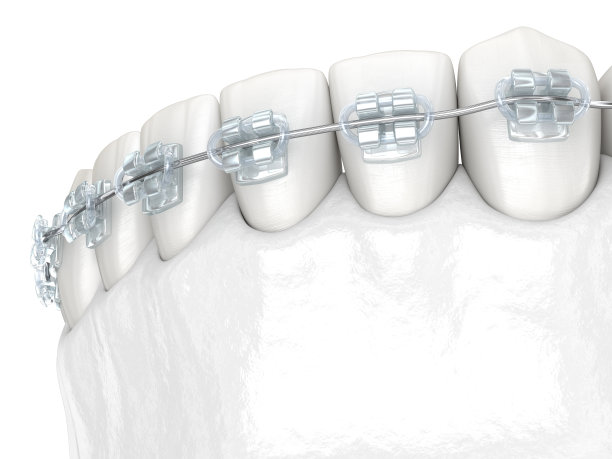The Complete Guide to Understanding the Benefits and Process of Dental Implant Treatment for Restoring Your Smile
Summary: Dental implants are a popular solution for restoring smiles affected by missing teeth. This comprehensive guide explores the numerous advantages of dental implants, the detailed steps involved in the procedure, post-treatment care, and common myths surrounding the treatment. With insights into their durability, aesthetic appeal, and how they can improve overall oral health, this article aims to provide valuable information for anyone considering dental implants as a restorative option. Understanding the entire process can lead to informed decisions about achieving a confident and healthy smile.
1. Advantages of Dental Implants

Dental implants offer a range of benefits that make them a preferred choice for tooth replacement. One of the primary advantages is their durability. Unlike dentures, which may need to be replaced every few years, dental implants are designed to last a lifetime with proper care. This long-term solution can ultimately save patients money over time, as they avoid frequent replacements and repairs.
Another significant benefit of dental implants is their natural appearance. They are specifically designed to blend seamlessly with your existing teeth, enhancing the overall aesthetics of your smile. Many patients report increased confidence and self-esteem after receiving implants, as they closely mimic natural teeth both in appearance and functionality.
Moreover, dental implants contribute to better oral health. Unlike traditional bridges that require altering adjacent teeth, implants do not affect surrounding teeth. This preserves the health and structure of your natural teeth while enhancing chewing efficiency and comfort. Implants also prevent bone loss, which can occur when teeth are missing, maintaining facial structure and preventing a sunken appearance.
2. The Dental Implant Procedure Explained
The dental implant process begins with a thorough consultation and examination by a dental professional. During this initial visit, the dentist will assess your oral health and determine if you are a suitable candidate for implants. They may take X-rays and impressions to create a personalized treatment plan that fits your specific needs.
Next, the surgical phase involves placing the titanium implant into the jawbone. This procedure is typically performed under local anesthesia, ensuring the patient feels little to no discomfort. Once the implant is securely placed, a healing period begins—usually lasting a few months—during which the bone fuses with the implant in a process called osseointegration.
Once healing is complete, a custom-made crown is designed to match your existing teeth. The final step involves attaching the crown to the implant, completing the restoration. Throughout this journey, regular check-ups ensure everything is healing correctly and that the implant is functioning as intended.
3. Post-Procedure Care and Maintenance
After receiving dental implants, careful post-procedure care is essential for long-term success. Patients are typically advised to follow a strict oral hygiene routine, which includes brushing twice daily and flossing regularly to prevent infections and ensure the longevity of the implants. Using an antimicrobial mouthwash can also be helpful in maintaining oral health.
It is critical to attend follow-up appointments with your dentist. These check-ups allow for monitoring of the implant site and overall oral health. During these visits, the dentist will provide guidance on any adjustments needed and answer questions about the implantation process.
Moreover, lifestyle choices can impact the durability of dental implants. Avoiding tobacco products and limiting alcohol consumption can significantly increase the chances of successful outcomes. A well-balanced diet rich in vitamins and minerals also supports oral health and the healing process.
4. Common Myths about Dental Implants
Despite their growing popularity, several myths about dental implants persist. One common misconception is that implants are painful. In reality, the procedure is typically performed under local anesthesia, and most patients report minimal discomfort during and after the surgery. Over-the-counter pain relievers can effectively manage any post-operative discomfort.
Another myth is that dental implants are only for older adults. However, people of various ages can be suitable candidates, as long as they have mature jawbones and good oral health. Youth with missing teeth due to injury or congenital defects may also benefit from implants.
Lastly, many believe that caring for dental implants is complicated. In truth, maintaining implants is similar to caring for natural teeth. Regular brushing, flossing, and dental check-ups are sufficient to keep them in good condition. Understanding these myths can help potential patients make informed decisions about their dental health.
Summary of insights shared in the article includes the numerous benefits of dental implants, a detailed explanation of the procedural steps involved, the importance of post-procedure care, and debunking common myths. Ultimately, choosing dental implants can be a transformative experience for restoring your smile and boosting self-confidence.
This article is compiled by Vickong Dental and the content is for reference only.



